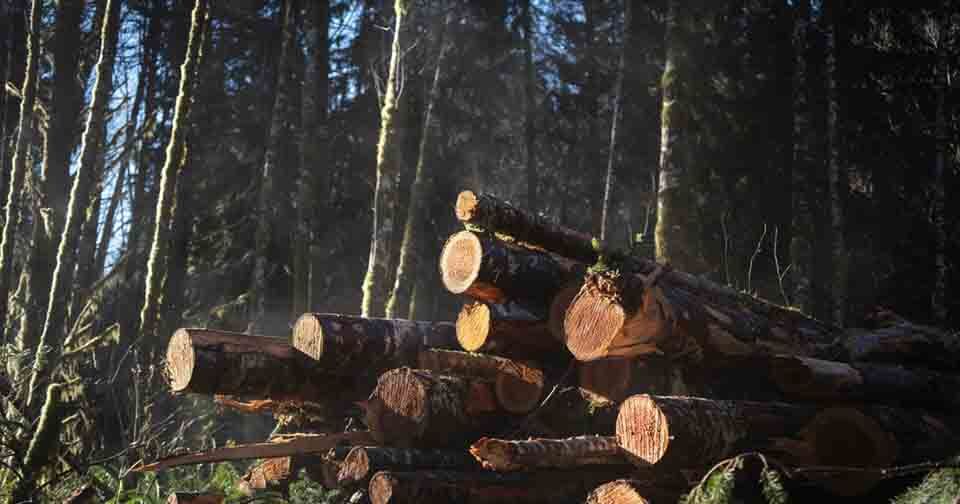Trump’s Order to Ramp Up Oregon Timber Production Ignites Economic and Environmental Debate

In a move aligned with his “America First” agenda, former President Donald Trump has issued an executive order aimed at boosting timber production on federal lands—an action that is stirring both economic hope and environmental concern across Oregon.
More Than 60% of Oregon Forests are Under Federal Management
Oregon is likely to feel the impact of this directive more than other states because more than 60% of its forestland is managed by the federal government.
The order criticizes current federal forest policies as overly restrictive, claiming they have stifled domestic logging and increased U.S. reliance on foreign timber.
It states that America has “an abundance of timber resources” capable of meeting its own needs but that federal regulations have stood in the way of fully using them.
Associated Oregon Loggers Support the Move
Supporters of the move, including Amanda Sullivan-Astor, forest policy manager of the Associated Oregon Loggers, argue it could bring significant economic benefits to rural communities.
She says the expansion of timber harvests will allow people to stay and work in the areas in which they grew up.
Environmentalists Believe Logging Will Harm People and Ecosystems
However, environmental groups warn that the push for more logging could come at a steep cost.
Quinn Reade, executive director of Oregon Wild, voiced strong opposition, saying the policy puts both people and ecosystems at risk.
Reade believes that increased logging could endanger wildlife habitats, degrade drinking water, and pollute the air, adding that it was difficult to overstate the potential harm to Oregon communities.
A key argument behind the executive order is that thinning forests through increased logging could reduce the severity of wildfires—an idea that has long been debated in forestry circles.
Sullivan-Astor, who holds a degree in forest management, agrees. She said more wood was growing in Oregon forests than what was removed, creating a dangerous build-up to wildfire conditions.
Reade, however, disputes that broad logging is the answer. While she supports science-based forest thinning in specific cases, she cautions that the executive order appears more focused on profit than public safety.
Reade believes the executive order is not about protecting communities from wildfire, but rather a move to stimulate commercial logging.
